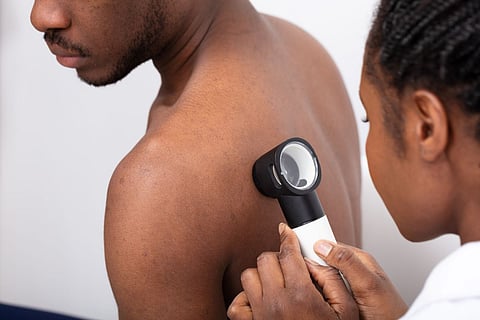WEDNESDAY, Aug. 21, 2024 (HealthDay News) -- Urban-rural health disparities in skin cancer persist, according to a study published in the June issue of the Journal of Drugs in Dermatology.
Rachel R. Lin, from the University of Miami Miller School of Medicine, and colleagues conducted a cross-sectional study using data from five states from the 2018 to 2021 Behavior Risk Factor Surveillance Survey to examine the prevalence of skin cancer history and urban/rural status across social determinants of health.
The researchers found that across most social determinants of health, rural counterparts were significantly more likely to have a positive skin cancer history. Across all races, rural populations had a higher prevalence of skin cancer history. Compared with their urban counterparts, rural non-Hispanic Whites had greater odds of skin cancer history (odds ratio, 1.40), while the odds were also higher for rural Blacks; Hispanics; other-race, non-Hispanics; and Asians (odds ratios, 1.74, 2.31, 1.99, and 20.46, respectively); no significant difference was seen for American Indian/Alaska Natives. There was also no significant difference seen in prevalence or odds between urban and rural settings when household income exceeded $100,000.
"Urban-rural health disparities regarding skin cancer continue to exist, particularly among low/middle-income communities and communities of color," the authors write. "The onus of decreasing rural rates of skin cancer should not fall entirely on the dermatologists practicing in rural areas."
Abstract/Full Text (subscription or payment may be required)


